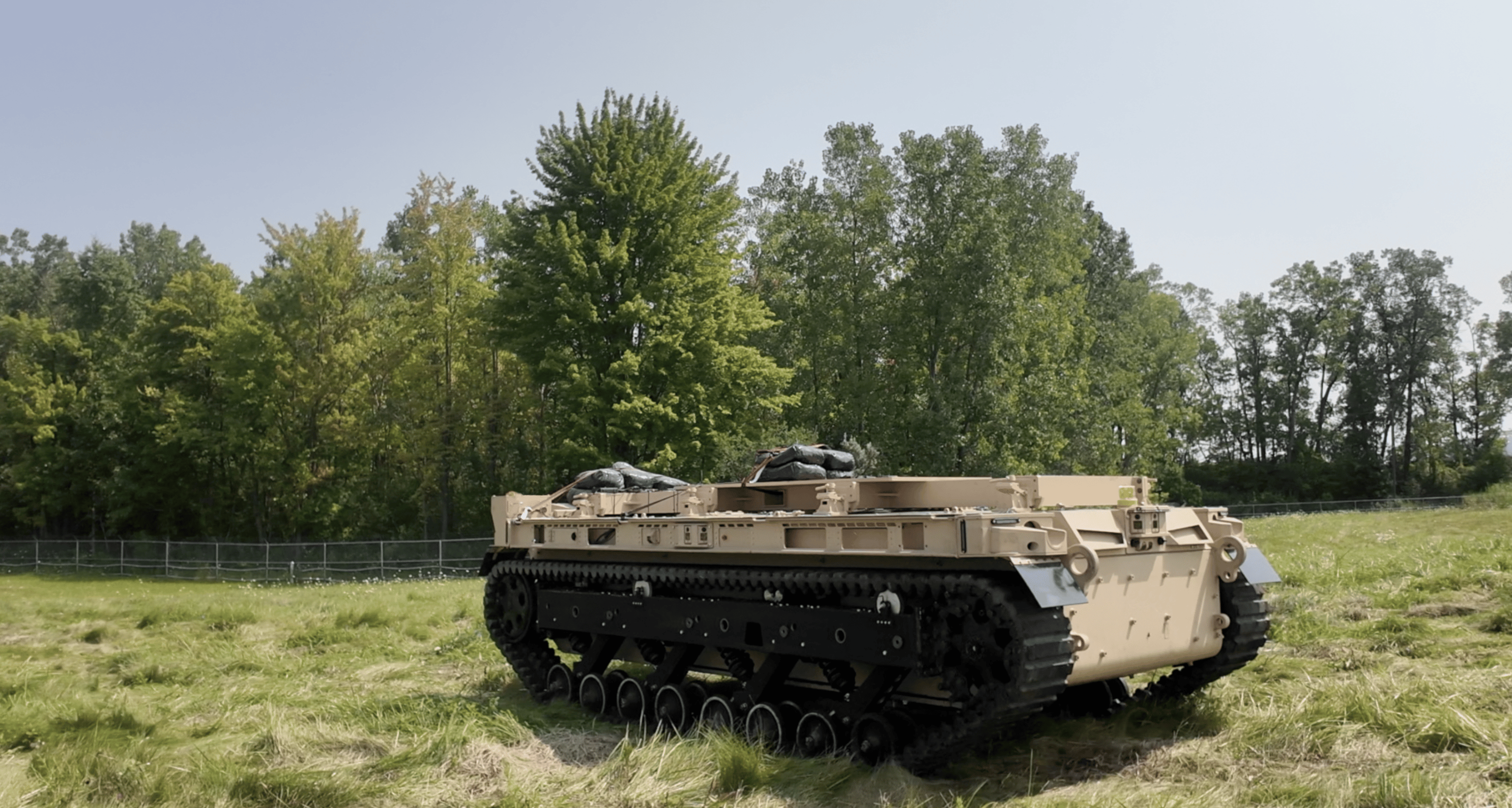SAE J1376 Wheel and Track Load Endurance Testing
The SAE J1376 Wheel and Track Load Endurance Test is an essential procedure for the evaluation of wheel and track assemblies in military vehicles and land systems. This test ensures that components can withstand the extreme loads they are expected to encounter under operational conditions, thereby enhancing vehicle reliability and safety.
SAE J1376 specifies a method of testing wheels and tracks used on wheeled or tracked vehicles to determine their ability to endure repeated loading cycles without failure. The test is applicable to both new components as well as those in service, ensuring that they meet the required performance standards for military applications.
The test involves subjecting the wheel or track assembly to a series of load cycles using a specialized test rig. These loads simulate real-world conditions encountered during vehicle operation, such as acceleration, braking, and off-road driving. The test is designed to evaluate the durability of the components under these stresses over an extended period.
The SAE J1376 test method requires that the wheel or track assembly be subjected to a series of load cycles at specified intervals. During each cycle, the component must sustain a peak load equivalent to 125% of its expected service load for 0.5 seconds and then return to 25% of this peak load for 4.5 seconds. This sequence is repeated until the component shows signs of fatigue or failure.
Before conducting the test, thorough preparation is necessary. The wheel or track assembly must be inspected visually for any defects that could affect its performance during testing. Any damage should be repaired or replaced prior to testing. The test rig must also be calibrated and validated according to SAE J1376 standards.
During the test, real-time monitoring is crucial. Sensors are used to measure various parameters such as stress levels, deformation, and temperature changes within the component. This data helps in assessing the performance of the wheel or track assembly under load conditions. After each cycle, the condition of the component should be checked for any visible signs of damage or wear.
Upon completion of the test cycles, a comprehensive analysis is conducted to evaluate the results. The data collected during testing provides insights into the fatigue life and durability of the wheel or track assembly. Any findings that indicate potential issues can guide further improvements in design and manufacturing processes.
The SAE J1376 Wheel and Track Load Endurance Test plays a pivotal role in ensuring the reliability and safety of military vehicles and land systems. By simulating real-world operational conditions, this test helps identify any weaknesses or areas for improvement early in the development process. This ensures that components are capable of withstanding the harsh environments and rigorous demands faced by military equipment.
Understanding the context within which SAE J1376 is applied provides a deeper appreciation of its importance. Military vehicles often operate under extreme conditions, including high-speed maneuvers, rough terrain, and prolonged use. The durability of their components directly impacts mission success and crew safety. Thus, rigorous testing such as SAE J1376 is indispensable for maintaining operational readiness.
The test method not only ensures that individual components meet specified performance criteria but also contributes to the overall integrity of the vehicle system. By incorporating feedback from these tests into design iterations, manufacturers can enhance the reliability and longevity of their products, ultimately leading to more effective military operations.
Applied Standards
The SAE J1376 Wheel and Track Load Endurance Test is governed by several international standards that ensure consistency and accuracy in testing procedures. These include:
- SAE J1376:2021 - This standard specifies the procedure for conducting wheel and track load endurance tests on military vehicles.
- ISO 9854 - International Organization for Standardization (ISO) standards provide additional guidelines that complement SAE J1376, focusing on test rig calibration and component validation.
Compliance with these standards ensures that the testing process adheres to best practices, providing reliable and repeatable results. The use of international standards also promotes interoperability among different manufacturers and suppliers, fostering a more coordinated approach in the development and maintenance of military vehicles.
Industry Applications
The SAE J1376 Wheel and Track Load Endurance Test finds extensive application across various sectors within the defense industry. Key areas include:
- Military Vehicle Manufacturers: Ensuring that wheels and tracks meet stringent durability requirements for new vehicle designs.
- Land System Maintenance Facilities: Verifying the longevity of components in service vehicles, helping to predict maintenance needs and extend operational life.
- R&D Departments: Providing data for iterative design improvements and optimization of component performance.
- Procurement Agencies: Establishing quality control measures to ensure that only reliable and robust components are procured for military use.
The test is particularly critical in ensuring the reliability of vehicles operating in harsh environments, such as desert, mountainous terrain, and urban combat zones. By subjecting wheels and tracks to realistic stress conditions, this testing method helps identify potential weaknesses early, preventing costly failures in the field.
Competitive Advantage and Market Impact
The SAE J1376 Wheel and Track Load Endurance Test offers significant competitive advantages for manufacturers and suppliers of military vehicles and land systems. These include:
- Innovation and Differentiation: Compliance with this standard sets a benchmark for quality, enabling companies to differentiate themselves in the market.
- Cost Reduction: By identifying potential failures early in the testing phase, manufacturers can minimize warranty costs and improve product reliability.
- Better Customer Satisfaction: Ensuring that components meet or exceed required performance standards enhances customer confidence and satisfaction.
- Regulatory Compliance: Meeting these standards helps companies comply with regulatory requirements, thereby avoiding penalties and enhancing reputation.
The impact of the SAE J1376 test on the market is substantial. By ensuring that wheels and tracks are robust and reliable, manufacturers can build trust with their customers, leading to increased market share and brand loyalty. Additionally, compliance with this standard fosters a culture of continuous improvement within the industry, driving technological advancements and innovation.





